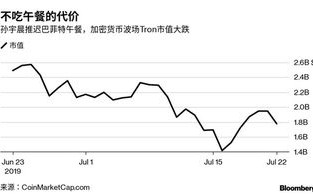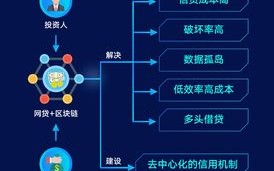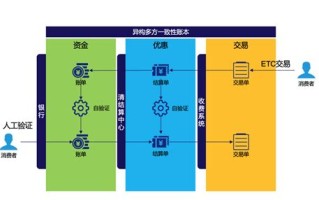Title: Developing an OnChain Platform on Blockchain
Building an onchain platform on blockchain involves a multifaceted process that encompasses various technical aspects, design considerations, and strategic decisions. Below, I outline key steps and considerations involved in developing such a platform.
Understanding the Concept:
1.
Definition
: An onchain platform refers to a system built directly on a blockchain network, leveraging its decentralized infrastructure for functionalities such as smart contracts, data storage, and transactions.2.
Use Cases
: Identify specific use cases for your onchain platform, such as decentralized finance (DeFi), supply chain management, digital identity, or decentralized applications (dApps).Platform Development Process:
1.
Selecting the Blockchain
: Choose a suitable blockchain platform based on factors like scalability, security, consensus mechanism, and community support. Options include Ethereum, Binance Smart Chain, Polkadot, or building a custom blockchain.2.
Smart Contract Development
: Design and develop smart contracts to encode the platform's logic and functionalities. Use programming languages like Solidity (for Ethereum) or Vyper, ensuring security best practices are followed.3.
User Interface (UI) Design
: Create an intuitive user interface for interacting with the onchain platform. Consider factors like accessibility, user experience, and compatibility with different devices.4.
Backend Development
: Implement backend systems to support the platform's operations, such as managing user data, interfacing with blockchain nodes, and handling business logic not suited for smart contracts.5.
Integration with Oracles
: Integrate oracles to securely connect the onchain platform with external data sources, enabling realworld data inputs for smart contracts and applications.
6.
Testing and Security Audits
: Thoroughly test the platform for bugs, vulnerabilities, and edge cases. Conduct security audits by independent firms to identify and mitigate potential security risks.7.
Deployment
: Deploy the platform on the chosen blockchain network, ensuring proper configuration, gas optimization (if applicable), and network compatibility.8.
Community Engagement
: Foster a community around the platform by engaging with users, developers, and stakeholders. Provide documentation, support channels, and incentives to encourage adoption and participation.Key Considerations:
1.
Scalability
: Ensure the platform can handle a growing user base and transaction volume by implementing scaling solutions like layer 2 protocols or sidechains.2.
Interoperability
: Consider interoperability with other blockchain networks and protocols to facilitate seamless data exchange and collaboration.3.
Regulatory Compliance
: Stay updated on relevant regulations and compliance requirements in jurisdictions where the platform operates. Design the platform to adhere to these regulations where necessary.4.
Data Privacy
: Implement mechanisms to protect user data and privacy, considering principles like data minimization, encryption, and user consent.5.
Monetization Strategy
: Define a sustainable monetization strategy, which may include transaction fees, premium features, or tokenomics (if applicable).6.
Community Governance
: Establish transparent and decentralized governance mechanisms to empower the community in decisionmaking processes and ensure platform sustainability.Conclusion:
Developing an onchain platform on blockchain requires careful planning, technical expertise, and a deep understanding of blockchain principles. By following best practices, addressing key considerations, and fostering community engagement, you can create a robust and successful platform poised for longterm growth and impact in the blockchain ecosystem.
标签: 区块链上链技术 区块链上链过程 区块链上链平台开发方案




